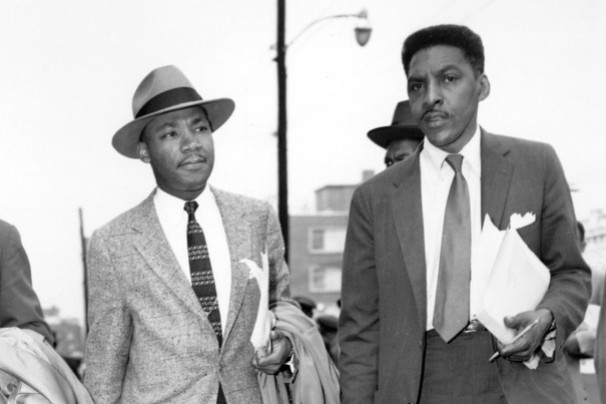Mahatma Gandhi coins the term Satyagraha to characterize the Non-Violence movement in South Africa. Satyagraha is a philosophy and practice of nonviolent resistance developed by Mohandas Karamchand Gandhi (also known as “Mahatma” Gandhi). Gandhi deployed satyagraha in campaigns for Indian independence and also during his earlier struggles in South Africa. Satyagraha theory also influenced Martin Luther King, Jr. who was introduced to the idea by Gay African-American activist and teacher, BAYARD RUSTIN, during the campaigns he led during the Civil Rights Movement in the United States. Satya is the Sanskrit word for “truth,” and graha (from the Sanskrit root grah cognate with English word “grab” or “hold on to”) can be rendered as “effort/endeavor.” The term was popularized during the Indian Independence Movement, and is used in many Indian languages including Hindi.
Gandhi described it as follows: “Its root meaning is holding on to truth, hence truth-force. I have also called it love-force or soul-force. In the application of satyagraha, I discovered in the earliest stages that pursuit of truth did not admit of violence being inflicted on one’s opponent but that he must be weaned from error by patience and sympathy. For what appears to be truth to the one may appear to be error to the other. And patience means self-suffering. So the doctrine came to mean vindication of truth, not by infliction of suffering on the opponent, but on one’s self.”
